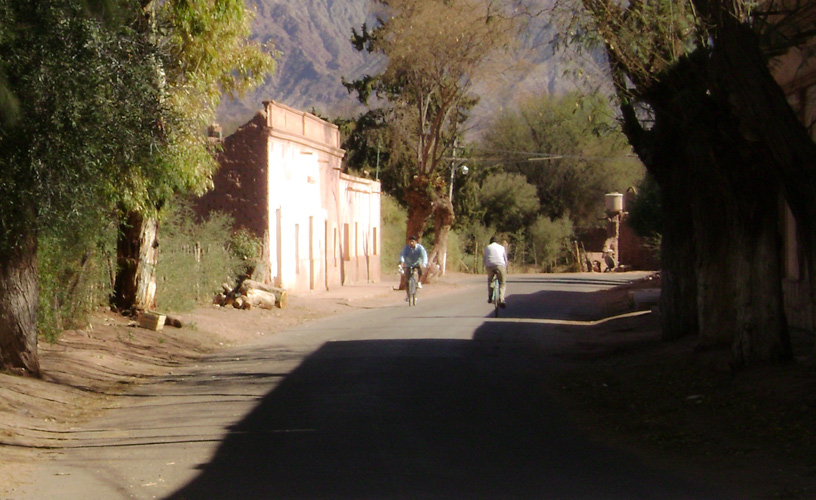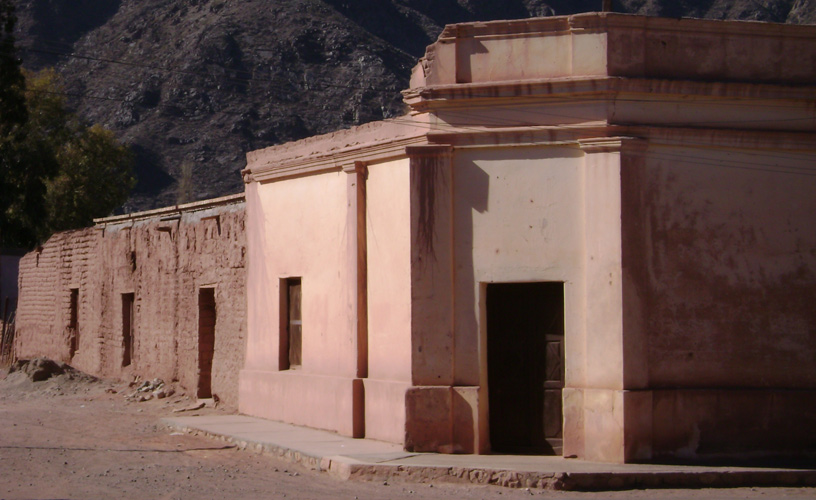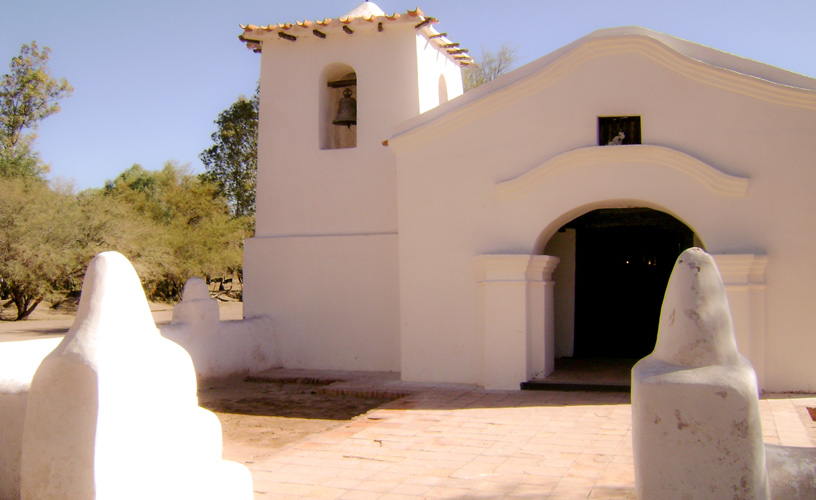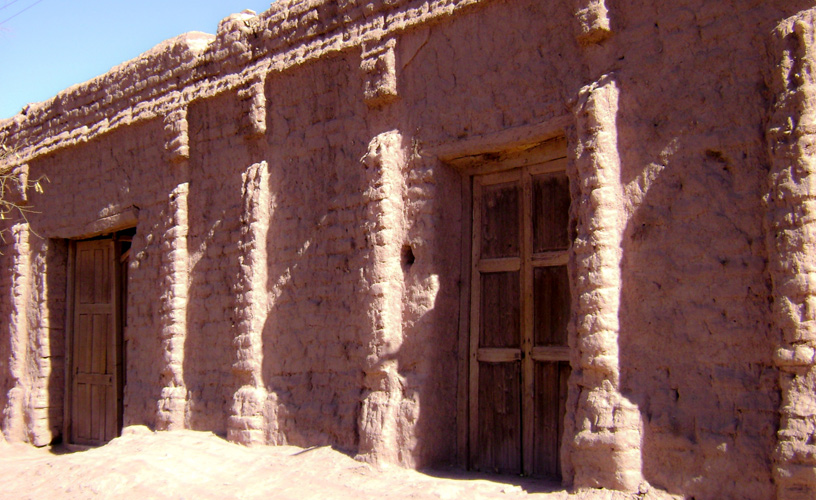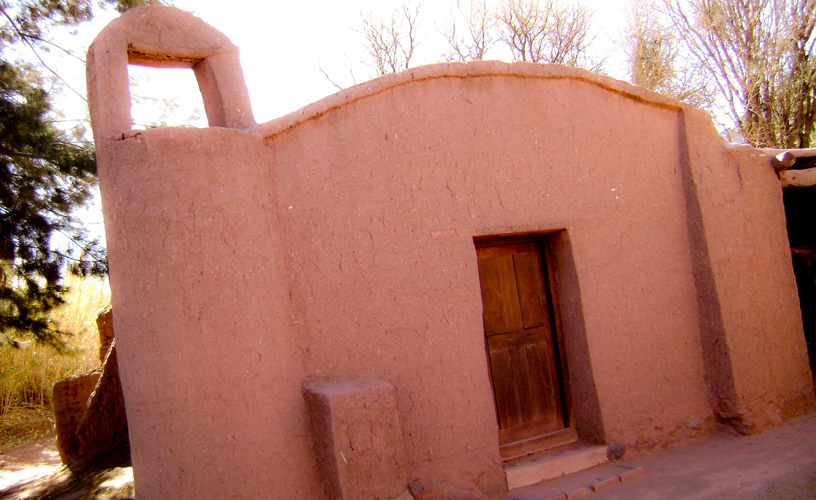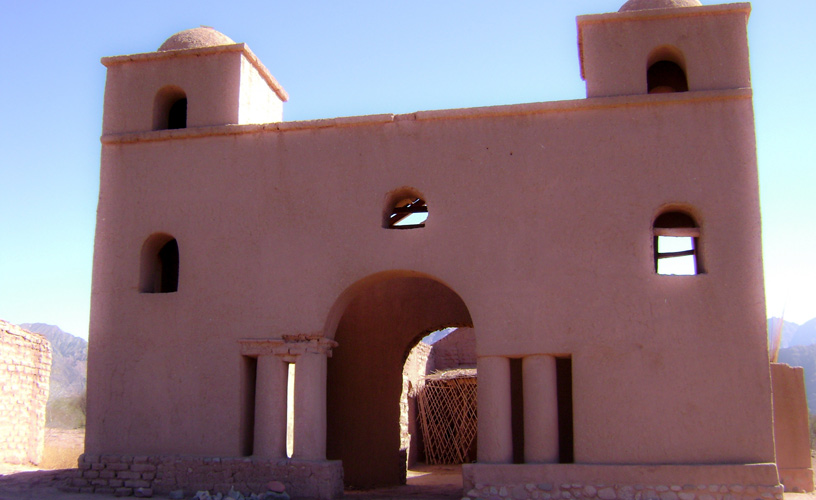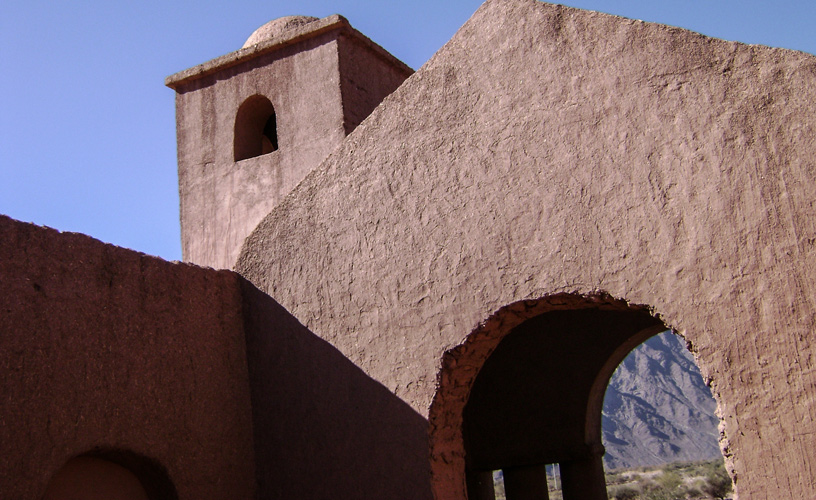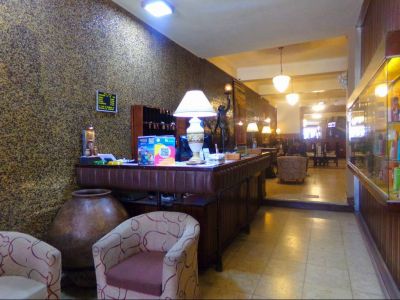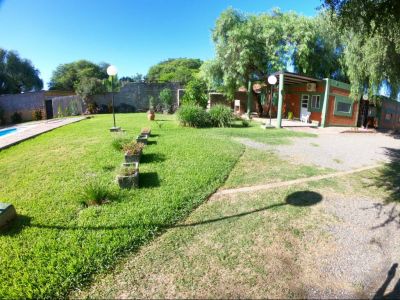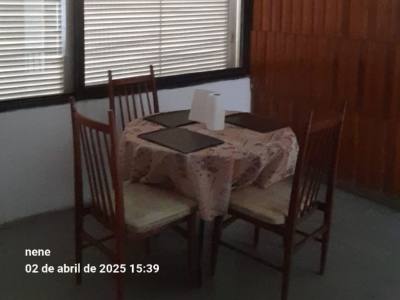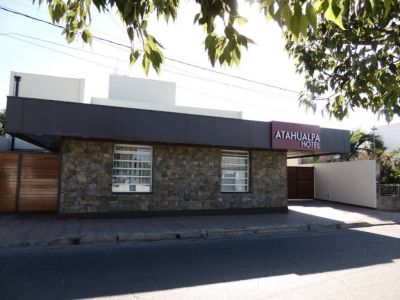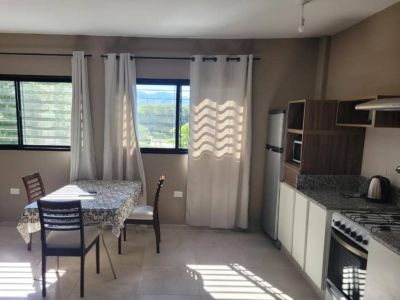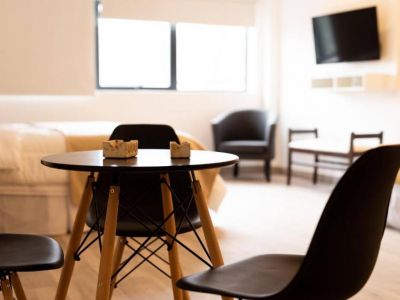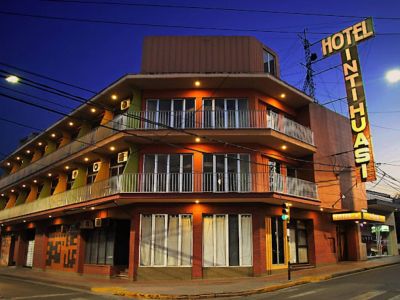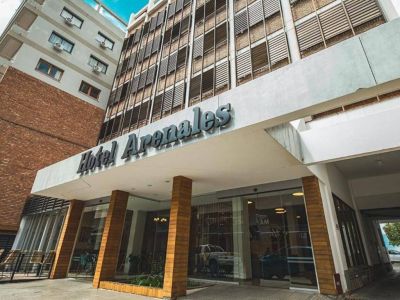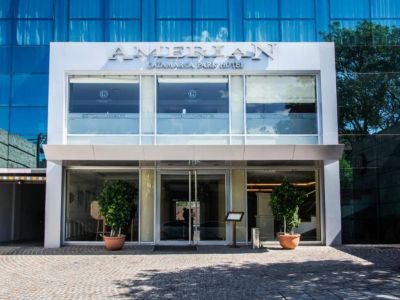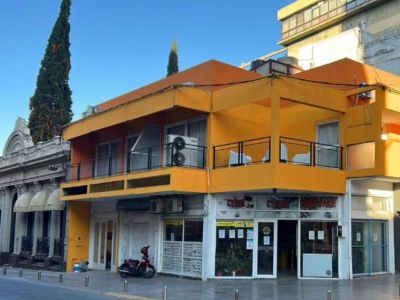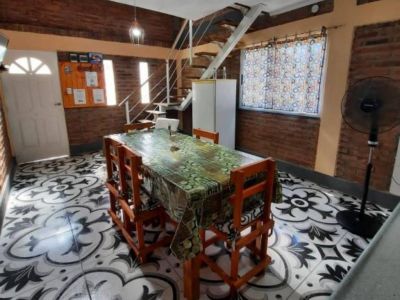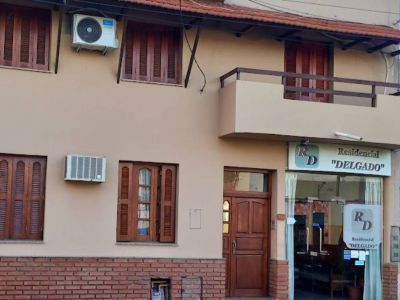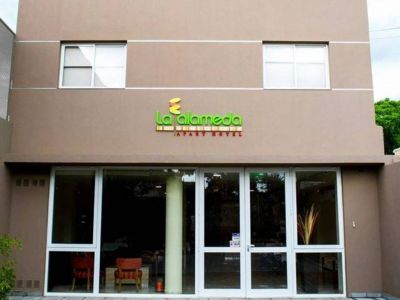Adobe is just a building material, but at Tinogasta it has become an essential component of the life of its dwellers. And though it has been there for centuries, it has just been included in tours.
At Tinogasta, as soon as the adobe route is mentioned, everybody understands the message. The Route, as the dwellers of Tinogasta call it, is a 50-kilometer-long road that crosses towns and hamlets built 300 years ago which seem to have been forgotten by God.
Everything from old houses and constructions to countless churches and buildings has been made with the same material and the same technique: adobe.
The adobe churches are the most attractive buildings for visitors. Their round domes, their shapes and lines, their arches and especially their color, similar to terracota, make them unique.
What is Adobe?
For those who do not know much about it, adobe is one of the noblest building materials man has used since the beginning of time to build houses. It is a mixture of clay, grass or straw, soil and water. It is as simple as it is durable. Though it has always been related to poverty and precarious constructions, it has multiple advantages. Outdoor temperatures, both high and low, take more than 4 hours to get in when the walls are made of adobe. Today, temperatures go in through modern walls in a matter of minutes.
Adobe is used to balance humidity. In addition to this, other advantages, such as its simple and fast manageability, let builders create architectural shapes impossible to make with other materials.
Bearing in mind the ecological aspect, adobe does not have any negative impact on the environment, unlike other materials whose exploitation leads to deforestation (wood) or mining exploitation (stone). It is recyclable and also inexpensive.
Churches, Stalls, Settlements
It might be said that the Adobe Route starts at tiny Tinogasta, more precisely at the hostel called Casa Grande. Made of adobe, it stands at 800 Moreno Street, a few meters away from the main square. The adobe walls of this recycled construction begin to show visitors how this noble building material, if properly managed, may be used to provide beauty, luxury and comfort at the same time.
This is the starting point for some of the tours that aim at joining the vestiges of this tourist attraction scattered in the surroundings of Tinogasta and the small nearby settlements. El Puesto, Santa Rosa, Anillaco, Saujil, Copacabana, Tatón, Londres, Belén and Fiambalá, as well as other settlements featuring great beauty and mysticism stand out.
Real hand carved beauties may be observed in these spots, namely, the Orquera Oratorium, Our Lady of Andacollo Church, the pre-Hispanic settlement of Batungasta, Saint Peter’s Church and the Fiambalá comandancia de armas. In addition to having been built with adobe hundreds of years ago, all of them reflect incredible architectural styles with façades, ornaments and arches admired by all visitors.
These beauties will soon become part of one of the most attractive sites in the Province of Catamarca, as adobe helps us understand the ancient relationship between soil and man, nothing more, and nothing less.
Pablo Etchevers
Pablo Etchevers
Phone: +54 3837-421140
